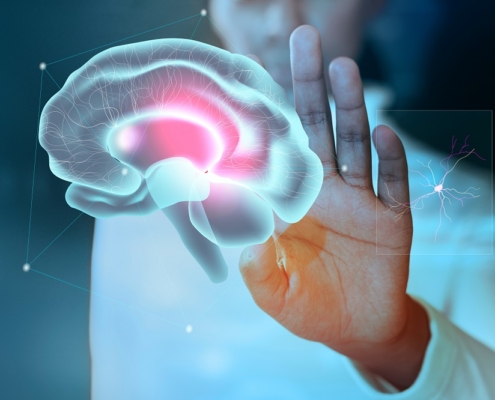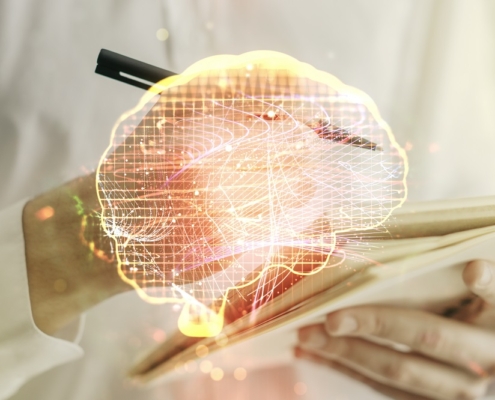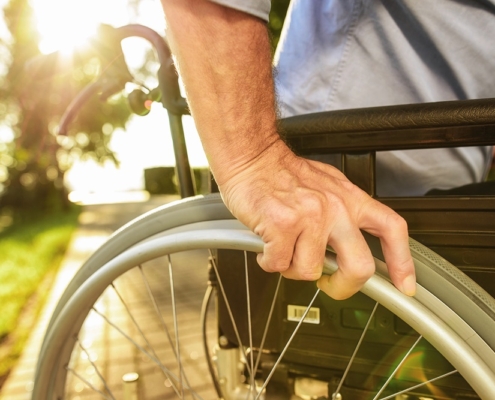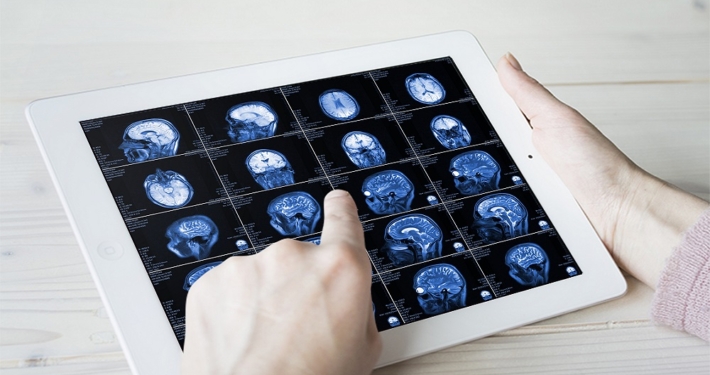The World Health Organization (WHO) defines healthy aging as follows: Learning, growing, being active, meeting basic needs and socializing, and contributing to society. Protecting brain health is also an important part of ‘healthy aging’. Nourishing the ‘brain’ as much as the body, benefiting from healthy fatty acids such as Omega-3, doing various exercises for the brain, and continuing to learn and produce are important elements for brain health. Indicators that our brain health is in place are having balanced energy, being able to sleep in good quality, having a sharp memory, good mood, and fast learning skills. Therefore, the better we nourish our brain, the more our quality of life increases, and we can even have a young and dynamic brain that produces new nerve cells in our old age.
We can examine the answers to what is necessary for brain health under 3 basic questions:
1. Am I aging healthily?
2. Am I consuming brain-friendly foods?
3. Am I exercising my brain enough?
Am I aging healthily?
With aging, changes such as death, slowing down, and deterioration occur in all our cells, tissues, and organs. However, we can continue to socialize and meet our own needs by aging healthily. In other words, we should invest in our future lives with our current lifestyle. Healthy aging actually aims to produce, think, learn, and develop. In order to do this, he says, it is necessary to get rid of illness and disability and be active. In order to age healthily, it is very important to first reduce stress, control blood pressure and cholesterol.
 https://drturanpoyraz.com/en/wp-content/uploads/2023/07/kafatravmasi.jpg
666
1000
drturan_pyrzawp
https://localveri.net/drturanpoyraz/wp-content/uploads/2024/07/logo2.png
drturan_pyrzawp2023-07-18 17:33:472024-08-01 16:32:02HEAD TRAUMA AND BRAIN INJURY
https://drturanpoyraz.com/en/wp-content/uploads/2023/07/kafatravmasi.jpg
666
1000
drturan_pyrzawp
https://localveri.net/drturanpoyraz/wp-content/uploads/2024/07/logo2.png
drturan_pyrzawp2023-07-18 17:33:472024-08-01 16:32:02HEAD TRAUMA AND BRAIN INJURY






